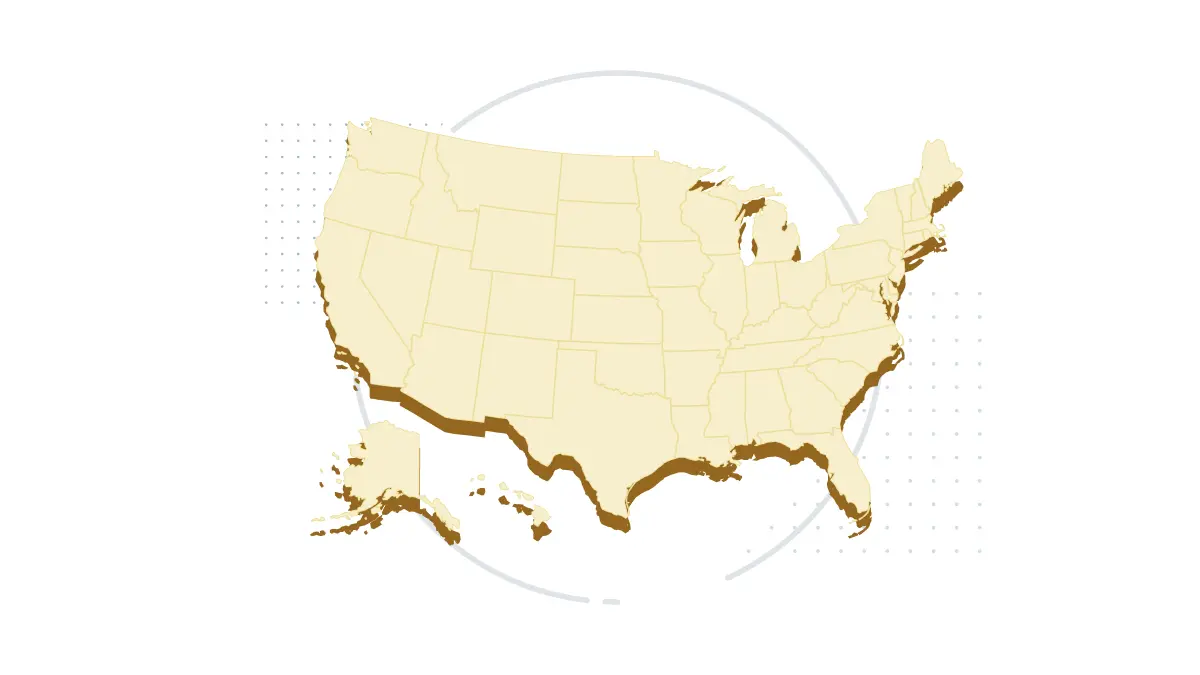Reshaping Retirement: 3 Trends That Should Influence Your 2020’s Sales Strategy

Reshaping Retirement: 3 Trends That Should Influence Your 2020’s Sales Strategy
As legislation and technology drive change in the retirement plan market, we are seeing record-breaking rates of consolidation, impactful new regulations such as the SECURE Act, and shifting strategies, including the growth of managed accounts. Moving into 2020, Fred Barstein and Ben Thomason are breaking down why these trends have taken flight and what they should mean for your retirement plan business strategy.
Trend #1: Changing Regulation Around Open MEPs/PEPs
There are 5.8 million businesses in the US with 100 or fewer employees; of those, 90% do not have a retirement plan. The SECURE Act was passed in an effort to close this retirement gap, with significant changes made to Open Multiple Employer Plans (Open MEPs), now referred to as Pooled Employer Plans (PEPs). Previously, “open” MEPs could cover multiple, unrelated employers, but all plans needed to file their own 5500s and were subject to the “one bad apple” rule, making them highly risky to employers. The SECURE Act introduced PEPs, which are essentially Open MEPs, but they can be offered to unrelated companies with only one 5500 filing and without the one bad apple rule. They must be serviced by a pooled plan provider (PPP). The PPP takes on the role of named fiduciary, plan administrator, and the organization responsible for performing all administrative duties.
PEPs also greatly reduce the plan administration lift through a single plan document, a single Form 5500 filing, and a single independent plan audit, all led by the PPP. They also have streamlined fiduciary oversight, minimizing the legal responsibilities an employer would need to manage. Finally, PEPs will likely appeal to those small businesses who believe plans are too expensive and difficult to administer, and allow them to band with others to access an institutional quality infrastructure they’d otherwise have to build—and pay for—on their own.
What This Means for Advisors
Retirement plans are sold, not bought, so while new legislation was meant to address accessibility, that wasn’t necessarily the problem. Instead, the problem was around the complexity of plans and misinformation around the cost and time investment for small employers. That being said, just because the SECURE Act was passed does not mean companies are running to the gates—they need to be made aware of the improvements that were made. PEPs create an opportunity for advisors to market small plans in an entirely new way and alleviate concerns smaller companies have about the investment it takes to run a plan.
It’s also worth thinking about the opportunities PEPs create for those around you. This structure makes it easier for financial institutions outside of retirement—such as insurance and benefits providers, among others—to enter the market and cross-sell their existing services while gaining low-priced access to the saver. To get a leg up, you may feel inclined to create your own offering, but standing up your own PEP is no small feat. It comes with significant expense and time. Partnering with a broker-dealer or recordkeeper, rather than trying to form your own, can be a more effective way to enter the market.
We also recommend thinking about other partnerships (payroll companies, associations, etc.) that offer marketing access to small businesses and still offer effective ways to scale through not only PEPs but also traditional MEPs and even your own non-MEP solution.
That being said, just because PEPs are now easier doesn’t mean they’re always the right option. You can often replicate the same benefits around price and administrative lift elsewhere. There are already a number of recordkeepers offering similar low-cost, institutional pricing, and in some senses, you can provide the same value without waiting for 2021 or putting in the investment of setting up a new initiative.
Trend #2: Continued Industry Consolidation
It’s no secret there has been major consolidation across the retirement industry, from recordkeepers to TPAs to advisory firms and beyond. Just last year, the RIA industry underwent record M&A activity for the 7th year straight, and recordkeepers have consolidated from more than 400 just a decade ago to about 160 in 2018. We anticipate this continuing since recordkeeping is a relatively undifferentiated product in an industry with high barriers to entry. Consolidation also helps providers combat the significant drop in saver fees over the past 10-15 years. As recordkeepers take advantage of economies of scale, they can invest in better technology, cut costs, and drive additional revenue through other products such as managed accounts.
What This Means for Advisors
Consolidation is helping RIAs and recordkeepers not only build out their offerings but it’s also putting them in more direct competition with one another. For example, large RIAs such as Pensionmark now have saver call centers, among other services, that were traditionally only offered by the recordkeeper. Recordkeepers, on the other hand, are encroaching upon the core competencies of the advisor by becoming more saver-focused, often in the hopes of competing for the wealth business on the back end.
To combat the heightened competition, advisors should consider the long-term nature of their recordkeeper partnerships. There is already a growing fear among advisors that occurs when they move clients to a recordkeeper whose competencies overlap with their own or who is competing with them for wealth business on the back end. There is also increasing frustration around recordkeepers refusing access to saver data, so it’s important to take your own business plan into consideration when determining where to place your clients’ plans.
Trend #3: Increased Attention on Managed Accounts
401(k) managed accounts have become more and more popular over the past 5-10 years, with the amount of money in these accounts increasing from about $100 billion in 2012 to over $270 billion in 2017. The trend of managed accounts is likely driven by two currents: 1) Fee compression, as these products are a way for advisors to charge (and justify) higher fees, and 2) Growing frustration around the stagnant nature and ongoing conflicts in current offerings, including target date funds.
What This Means for Advisors
If you don’t have a point-of-view or an articulated solution for a more customized investment structure for savers (ie. a managed account), it’s important to start thinking about one. Aside from fiduciary risk, which leaves you and your client vulnerable, it creates a real opportunity to get closer to the client. That being said, while managed accounts give advisors a better tool to assess appropriate risk for clients, that doesn’t mean they are right for everyone. Target dates funds (TDFs) will likely suffice for most savers under the age of 50 unless they have a lot of investable assets. For those over the age of 50, we recommend implementing a “QDIA 2.0,” to auto-enroll clients into managed accounts which will offer them a more customized approach as they near retirement. Without making managed accounts a QDIA, adoption will be tough.
Looking Ahead
For a notoriously slow-moving industry, these trends signal that changes are underway. Better yet, several trends aim to improve things for employers and employees. With PEPs, reduced administration and liability make balancing a plan while running a business more manageable. When it comes to industry consolidation, lower fees and better technology mean savers have more money going into their accounts while gaining access to a better experience. As for managed accounts, greater access to a customized approach can help those nearing retirement feel more comfortable with their investments. In turn, these trends help advisors to more strategically align with their client’s needs and market around them. As you build your 2020 plan, it’s important to maintain a pulse on the direction of the market and continue to flex your strategy in a way that best aligns your vision to the needs of your clients.








